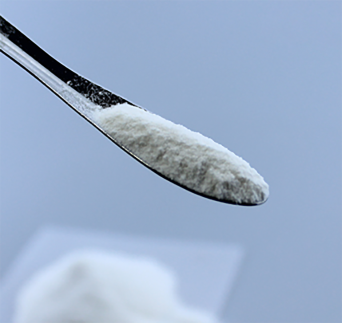
Nov . 30, 2024 23:26 Back to list
Exploring the Applications and Benefits of HPMC in Various Industries
Understanding HPMC Hydroxypropyl Methyl Cellulose
Hydroxypropyl Methyl Cellulose (HPMC) is a semisynthetic polymer derived from cellulose, a natural polymer found in plant cell walls. HPMC is widely used across various industries, including pharmaceuticals, food, cosmetics, and construction, due to its unique properties. This article will delve into the characteristics, applications, and benefits of HPMC.
Chemical Structure and Properties
HPMC is created by chemically modifying cellulose through the substitution of hydroxyl groups with hydroxypropyl and methyl groups. This process enhances its solubility in water and organic solvents while maintaining the structural integrity and functional properties of cellulose. HPMC is often found in powdered form, which can be easily dissolved in cold or hot water to create viscous solutions or gels.
The characteristics of HPMC include
1. Viscosity HPMC solutions exhibit pseudoplastic behavior, meaning they become less viscous under shear stress. This property is particularly beneficial in applications such as coatings and adhesives, where ease of application is essential.
2. Film-Forming Ability HPMC can form films when applied as a solution, making it useful in various coatings, including pharmaceutical tablets and food products.
3. Thickening Agent As a thickening agent, HPMC is commonly used in many formulations to achieve the desired texture and consistency.
5. Biocompatibility HPMC is non-toxic and biodegradable, making it a safe option for pharmaceutical and food applications.
Applications of HPMC
1. Pharmaceuticals HPMC is a key ingredient in the formulation of controlled-release tablets. Its ability to form gels and control the release rate of active ingredients makes it an important excipient. Additionally, HPMC is used in the production of eye drops and other ocular formulations due to its viscosity and moisture-retaining properties.
hpmc hydroxypropyl methyl cellulose

2. Food Industry In food products, HPMC serves as a thickening agent, emulsifier, and stabilizer. It is commonly found in low-fat and gluten-free products, where it helps improve texture and moisture retention. Its use in baked goods enhances volume and prevents staling.
3. Cosmetics and Personal Care HPMC is frequently used in lotions, creams, and gels as a thickening and stabilizing agent. Its film-forming capacity allows for improved product performance, while its ability to retain moisture is beneficial for skin hydration.
4. Construction In the construction industry, HPMC is used as an additive in mortar and cement formulations. It enhances workability, water retention, and adhesion properties, making it ideal for tile adhesives and plaster.
Benefits of HPMC
The versatility of HPMC offers numerous benefits in various applications
- Safety and Non-toxicity HPMC is recognized for its safe profile, making it suitable for sensitive applications like pharmaceuticals and food.
- Versatile Functionality Its ability to act as a thickener, binder, and emulsifier allows manufacturers to streamline formulations by using a single ingredient.
- Ease of Use HPMC is easy to process and incorporates well into formulations, whether they are liquid or solid.
- Sustainability As a plant-derived polymer, HPMC aligns with growing consumer demands for sustainable and environmentally friendly products.
Conclusion
Hydroxypropyl Methyl Cellulose (HPMC) is a remarkable cellulose derivative that plays a significant role in a multitude of industries. Its unique properties—such as viscosity, film-forming ability, and water retention—make it an invaluable ingredient in pharmaceuticals, food products, cosmetics, and construction materials. As industries continue to innovate and seek effective solutions, HPMC will likely remain a pivotal component in achieving functional and sustainable formulations.
-
Versatile Hpmc Uses in Different Industries
NewsJun.19,2025
-
Redispersible Powder's Role in Enhancing Durability of Construction Products
NewsJun.19,2025
-
Hydroxyethyl Cellulose Applications Driving Green Industrial Processes
NewsJun.19,2025
-
Exploring Different Redispersible Polymer Powder
NewsJun.19,2025
-
Choosing the Right Mortar Bonding Agent
NewsJun.19,2025
-
Applications and Significance of China Hpmc in Modern Industries
NewsJun.19,2025







